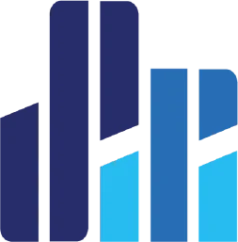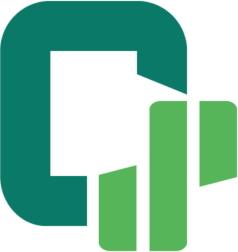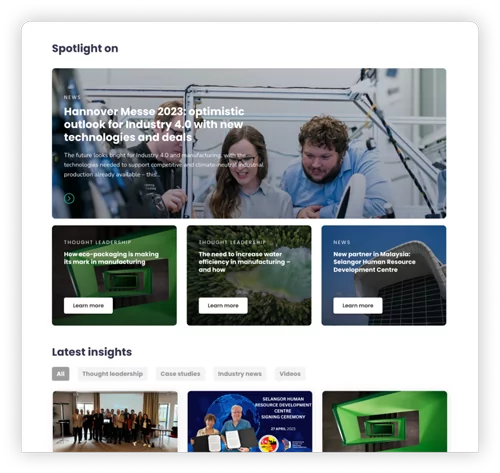
Prioritisation Index & Tools
Planning and executing an Industry 4.0 transformation roadmap is no small undertaking. It requires companies to invest significant resources into various areas.

COSIRI Prioritisation Index and Accompanying Tools
Planning and implementing sustainable practices is no small undertaking. It requires companies to invest significant resources into various areas such as conducting research, engaging solution providers, running cost-benefit analyses, and monitoring progress of projects.
We aim to help manufacturers along this journey by educating them on the 101 on best practices and providing concepts that form a useful foundation for future action. As with all things, knowledge is only useful when it is put into practice. We hope the suite of COSIRI frameworks and tools will bolster manufacturers confidence, reduce their uncertainty, and encourage them to take the next step towards implementation.
LEAD Framework
Learn key concepts and build a common language for alignment
Evaluate the state of existing facilities and the company’s readiness level for sustainability transformation
Architect a comprehensive sustainability transformation strategy and implementation roadmap
Deliver impact and sustain transformation initiatives
Assessment Matrix
The Assessment Matrix is the world’s first Industry 4.0 self-diagnostic tool aimed at helping companies worldwide – regardless of size, industry, and digital maturity – evaluate the current state of their factories and plants. Validated by a global advisory panel of industry experts, the Assessment Matrix is designed to strike a balance among technical rigour, usability, and relevance. To date, more than 2,000 Manufacturers worldwide have utilised it, both formally and informally, to assess their manufacturing facilities.

COSIRI Prioritisation Index
The COSIRI Prioritisation Index comprises three layers. The topmost layer identifies four fundamental building blocks of sustainable manufacturing: 1) Strategy & Risk Management, 2) Sustainable Business Process, 3) Technology, and 4) Organisation and Governance.
The second layer underpinning the building blocks comprises nine key pillars, which represent critical aspects that manufacturers must focus on to become sustainability-ready organisations. Finally, the third layer consists of 24 dimensions, which are areas of assessment that manufacturers can use to evaluate the current sustainability transformation readiness of their factories, plants, or corporate.



Prioritisation Matrix
TIER Framework
T
TODAY’S STATE
Develop an in-depth
Understanding of the company current Sustainability Maturity level
I
IMPACT TO THE BOTTOM LINE
E
ESSENTIAL BUSINESS OBJECTIVES
Determine the sustainabillity business objectives that are most critical to the company to guide the selection of relevant sustainabillity areas
R
REFERENCES TO THE BROADER COMMUNITY
Learn from the leading sustainability practice of the broader manufacturing community






